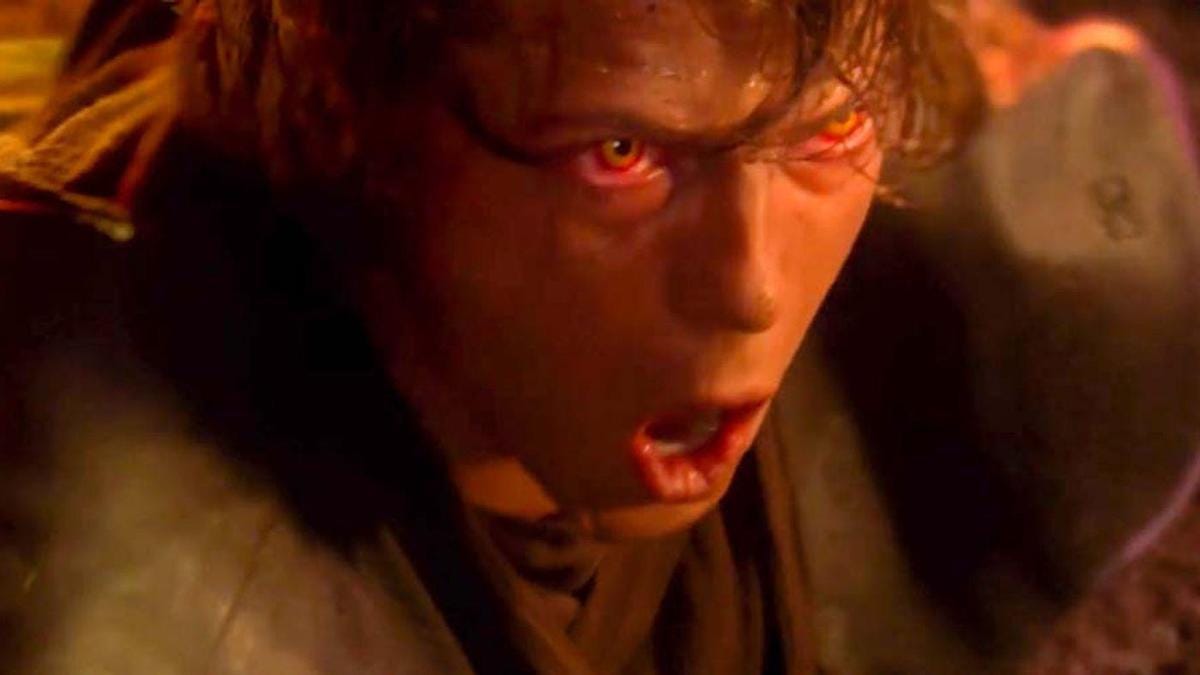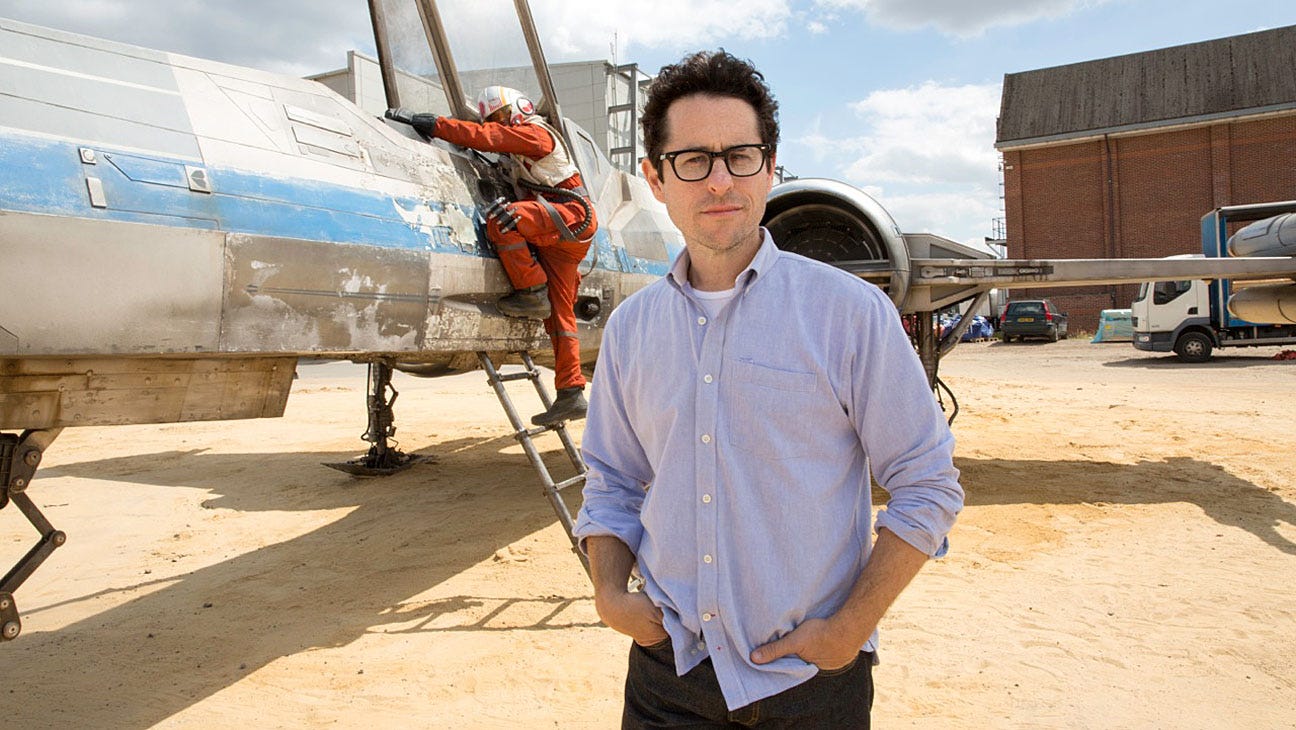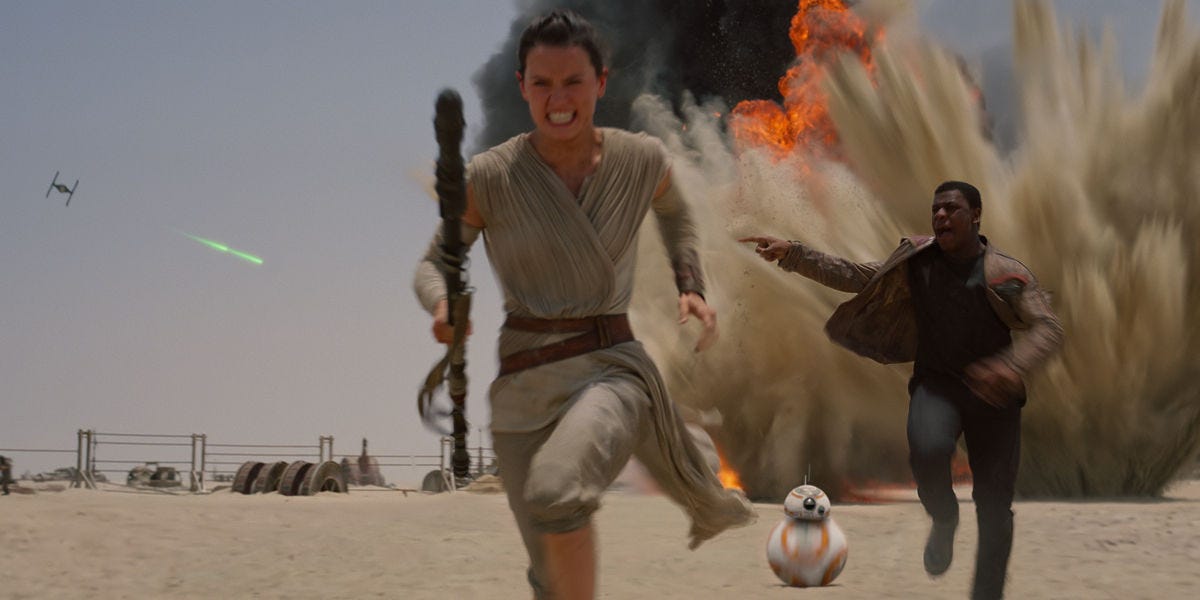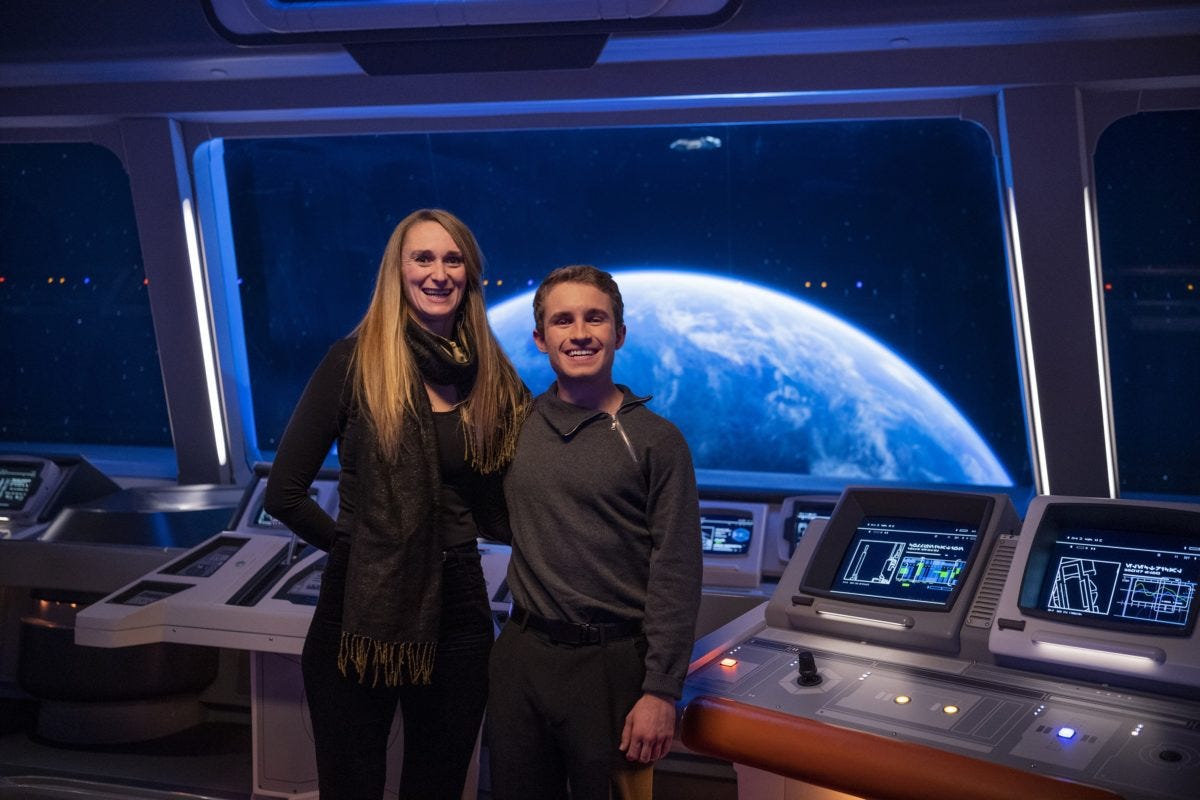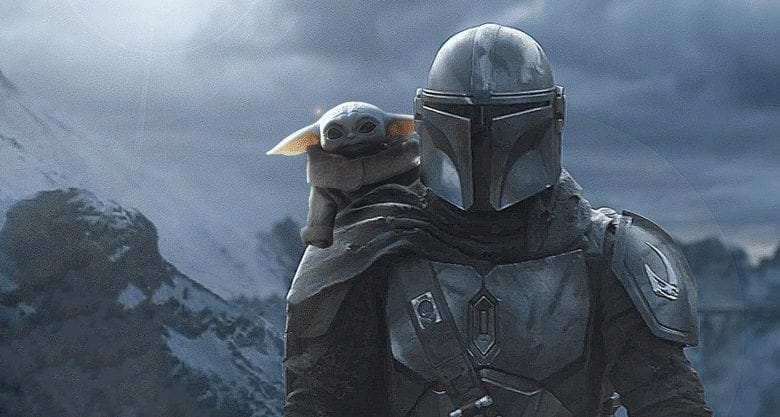Disney Destroyed the Star Wars Brand in Less Than a Decade: Here's a Timeline of Their Galactic Failures
Disney's $4.05 billion acquisition of Lucasfilm in 2012 sparked hope for a revitalized Star Wars era. The deal promised to blend the franchise's epic legacy with Disney's blockbuster expertise. Early successes, like The Force Awakens breaking box office records, fueled global excitement. It seemed like a perfect mix of nostalgia and innovation.
Yet, this promise quickly unraveled. Strategic blunders, creative misfires, and a disregard for fan feedback plagued Disney's approach. Prioritizing rapid output over coherent storytelling drained the brand's vitality. The studio alienated core audiences while dismissing critics as "toxic."
From trilogy chaos to theme park flops and streaming saturation, the once-unassailable saga now faces declining viewership. Merchandise sales stagnate, and cultural relevance wanes. A decade later, mainstream outlets acknowledge the damage, but the scars run deep in a galaxy far from recovery.
Here’s the TL;DR…
Promising Start (2012-2015): Acquisition buzz and The Force Awakens ($2B+ global) built massive hype, but early signs of no-plan pitfalls emerged.
Sequel Saga Stumbles (2015-2019): Discarded Lucas outlines led to disjointed narratives; The Last Jedi's subversions split fans (42% RT audience score); Rise of Skywalker retcons and director swaps capped a polarizing trilogy.
Anthology Agonies (2016-2018): Rogue One succeeded ($1B+), but Solo's $393M haul (on $275M budget) highlighted production woes and post-TLJ backlash.
Fan Friction Escalates: Pablo Hidalgo's social media mockery fueled resentment; EU decanonization (2014) with selective rehabs (e.g., Thrawn) bred distrust.
Park Projects Plummet (2019-2023): Galaxy's Edge underperformed with sequel focus (initial attendance drops); Galactic Starcruiser's $250M+ losses epitomized overambition.
Disney+ Deluge (2019-2025): Mandalorian peaked at 1B+ minutes; later shows like Acolyte (2.7B minutes but canceled) saw 30-80% viewership drops amid lore breaks.
Merchandise Meltdown: Hasbro's partner brands (incl. Star Wars) down 17% in Q3 2024; toys rotting at outlets like Ollie's signal franchise fatigue.
Cultural & Legal Clashes: Gina Carano's 2021 firing amplified bias claims; High Republic mocked for "diversity over adventure."
2025 Reckoning: Variety highlights Gen Z male exodus; Disney pivots to original IP, but after lifestyle-brand shift, recovery seems elusive.
The Honeymoon Phase: Acquisition and Early Wins (2012-2015)
Disney's purchase of Lucasfilm on October 30, 2012, was met with widespread optimism. George Lucas, stepping back from active involvement, praised the deal. In a video announcement, he said, "It's now time for me to pass Star Wars on to a new generation of filmmakers." He trusted Disney's global reach and family entertainment expertise to expand his creation.
The acquisition included Star Wars, Indiana Jones, ILM, and Skywalker Sound. This positioned Disney to dominate sci-fi storytelling. Early moves built momentum. Kathleen Kennedy, Lucas's chosen successor as Lucasfilm president, assembled a creative team, including J.J. Abrams for Episode VII.
Teasers and announcements at events like D23 Expo fueled fan speculation. Online forums buzzed about the potential return of Han, Luke, and Leia. Disney's success with Marvel—turning a comic empire into a $20B+ juggernaut—bolstered confidence.
The Force Awakens (2015) marked the peak. Released December 18, it grossed $936 million domestically and $2.07 billion worldwide. It became the highest-grossing film ever at the time (unadjusted for inflation). Critics praised its nostalgic callbacks, with Empire magazine calling it "a triumphant return."
Fan reactions on social media were euphoric, with widespread praise for Star Wars' return. Merchandise flew off shelves. Hasbro reported Star Wars toy sales surging 70% year-over-year in 2015.
Yet, cracks appeared. Disney discarded Lucas's sequel outlines, which focused on microbiotic Force elements and Leia as a central leader. They opted for Abrams' mystery-box style without a trilogy roadmap. Lucas later called this a "betrayal," planting seeds of narrative discord.
People Also Ask: What Made The Force Awakens Such a Hit?
Nostalgia-driven marketing, iconic character returns, and Abrams' fast-paced direction drew $2B+ globally, but it masked underlying planning flaws.
The Cracks Emerge: Sequel Trilogy Missteps (2015-2019)
Disney's lack of a unified vision doomed the sequels. Lucas's treatments for Episodes VII-IX emphasized Whills (microbiotic Force entities), Leia's political arc, and a new generation facing ancient evils. Disney discarded these, prioritizing fan-service over depth. Bob Iger later admitted Lucas felt "betrayed."
Without a trilogy bible, directors Abrams and Rian Johnson clashed creatively. This led to inconsistent lore. The Last Jedi (2017) amplified divisions. Johnson's subversions—Luke's exile as a disillusioned hermit, Snoke's abrupt death, and Rey's "nobody" heritage—aimed to evolve the saga.
These choices alienated many fans. Luke's Force projection demise and milk-drinking scene drew ire. Audience RT scores hit 42%, with petitions for a remake garnering 100K+ signatures. Social media erupted with complaints about Luke Skywalker's portrayal. Critics praised its risks (91% RT), but fans felt it closed arcs prematurely.
The Rise of Skywalker (2019) epitomized the chaos. Colin Trevorrow's script, Duel of the Fates, featured Kylo's dark descent and no Palpatine return. Leaks suggested a more cohesive story. Fired amid creative differences, Trevorrow was replaced by Abrams.
Abrams retconned Rey as Palpatine's granddaughter and revived the Emperor via cloning. Fans decried these moves as desperate. The film earned $1.07B but dropped 48% from TLJ's $1.33B, signaling erosion. Social media lamented the lack of a cohesive plan.
People Also Ask: How Did Discarding Lucas's Plans Hurt the Sequels?
Lucas's microbiotic focus and Leia-centric rebuild offered depth; Disney's ad-hoc approach created inconsistencies, like Palpatine's unexplained return.
Spin-Off Flops and Fan Alienation (2016-2020)
Rogue One (2016) succeeded as a gritty war tale. It grossed $1.05B and earned 84% RT audience approval. But Solo (2018) crashed. Production fired directors Lord and Miller mid-shoot over tone clashes. Ron Howard's $125M reshoots pushed costs to $275M.
Released May 2018 amid TLJ backlash, Solo earned $393M, losing $76M+. Fans boycotted, citing fatigue and Alden Ehrenreich's unconvincing Han. Alienation deepened with Lucasfilm's responses. Pablo Hidalgo even mocked a YouTuber's emotional Mandalorian reaction on social media: "All about the feewings."
The mockery sparked outrage. Hidalgo apologized, but it symbolized dismissal. The 2014 EU decanonization erased 30+ years of lore. Disney later borrowed elements like Thrawn (Ahsoka) or Yuuzhan Vong vibes (High Republic). Fans vented online: "Disney cherry-picks EU while trashing fans."
People Also Ask: Did The Last Jedi Backlash Kill Solo?
Yes—TLJ resentment, rushed release, and $125M reshoots doomed it to $393M, a franchise low.
Theme Park Troubles: Immersive Dreams Turn Nightmares (2019-2023)
Star Wars: Galaxy's Edge opened May 2019 at Disneyland, promising Batuu immersion. But its sequel-era focus (Rey, Kylo) alienated OT fans. Initial attendance lagged, with 20-30% capacity drops due to high prices and incomplete rides. Disney pivoted by 2025, integrating Mandalorian elements.
The Galactic Starcruiser (2022) was Disney's boldest flop. A $5,000+ "LARP cruise," it closed after 18 months. It incurred $250-300M losses via accelerated depreciation. Issues included inconsistent stories, no replay value, and poor marketing.
Jenny Nicholson's viral critique highlighted execution failures. Social media mocked: "Disney's $300M space flop." The park failures underscored Disney's overambition and disconnect from fan expectations.
People Also Ask: How Much Did Starcruiser Cost Disney?
Up to $300M in write-offs, plus $400M build costs—overpricing and low repeat visits sealed its fate.
Streaming Overload and Creative Drought (2019-Present)
Disney+ launched with The Mandalorian (2019), a smash at 1.03B minutes viewed in its peak week. But saturation followed. Book of Boba Fett (2022) and Obi-Wan Kenobi saw 30-50% drops; by 2024, declines hit 80%.
Luminate data shows Acolyte (2024) at 2.7B minutes but canceled due to a post-Episode 2 viewership plunge (30%+ drop) and $180M costs. Lore breaks—like Force witches creating life—drew backlash. The High Republic (2021-) faced mockery for "diversity and dinosaurs" over adventure, with low engagement.
Social media rants criticized perceived agenda-pushing. Viewership trends showed Andor grew 50%, but Acolyte and Ahsoka declined 30%. Merch suffered: Hasbro's partner brands (incl. Star Wars) down 17% in Q3 2024. Toys discounted at Ollie's signaled oversupply.
Gina Carano's 2021 firing over posts amplified "woke" accusations. A 2025 settlement followed, but the damage lingered. Disney's streaming strategy overwhelmed fans and diluted quality.
People Also Ask: Why Was The Acolyte Canceled Despite High Minutes?
2.7B minutes hid steep drops (post-Episode 2: 30%+); $180M budget vs. low sustained views doomed it.
Media Catches Up: Disney's Desperate Pivot (2025)
Variety's 2025 report exposed Disney's "boy trouble." Marvel and Lucasfilm struggle with Gen Z men (13-28), who view content as "niche" or "woke." Executives seek original IP like treasure hunts to recapture them. Bob Iger urged: "Put out great movies."
Indiana Jones 5 bombed ($384M on $300M), underscoring declines. Social media reflected frustration with Disney's direction. After lifestyle-branding alienated males, pivots feel futile.
Disney's hubris—dismissing fans while churning mediocrity—cemented the downfall. What began as galactic promise devolved into a corporate cautionary tale. Can Disney even save Star Wars at this point?
Sources
News compiled and edited by Ivy Adams for Pirates & Princesses.


